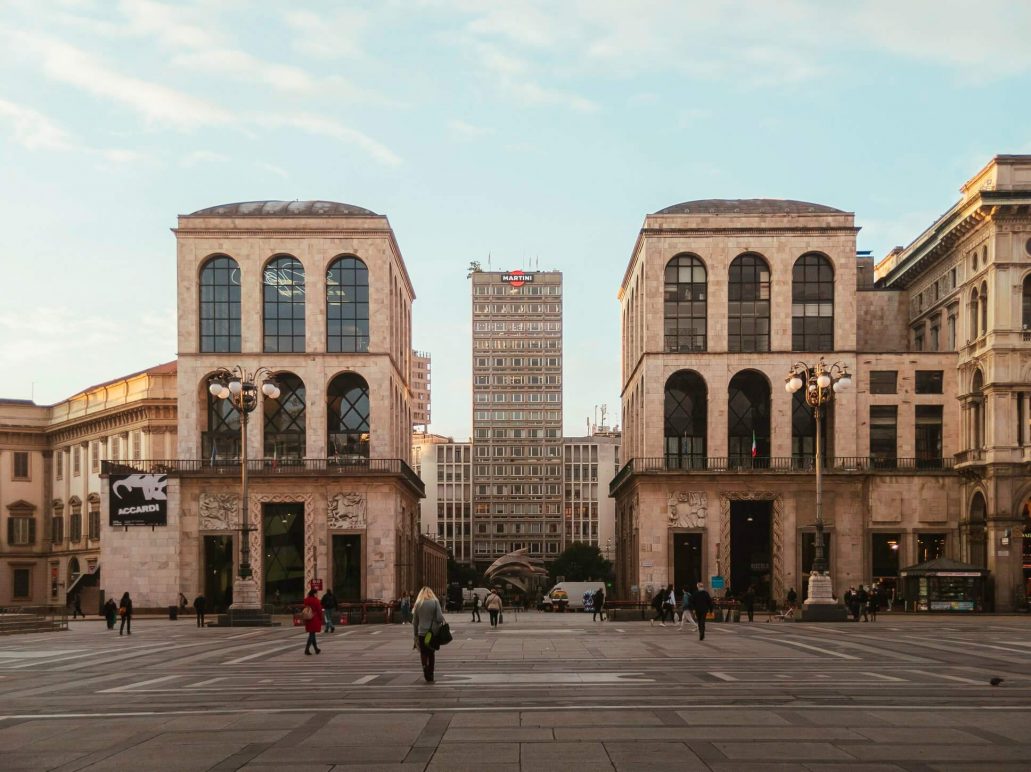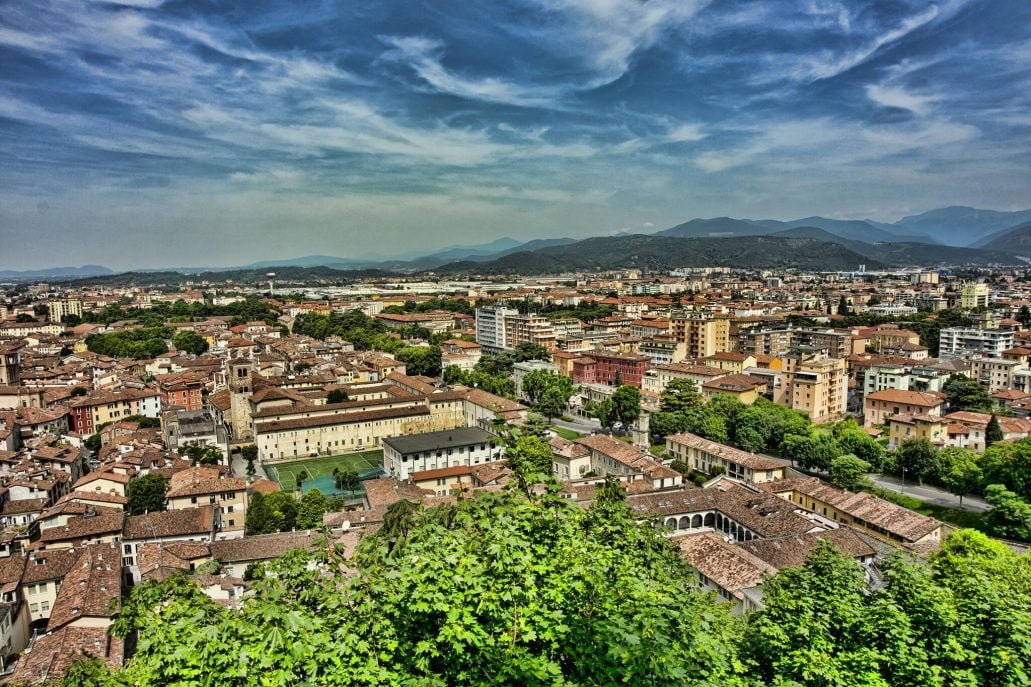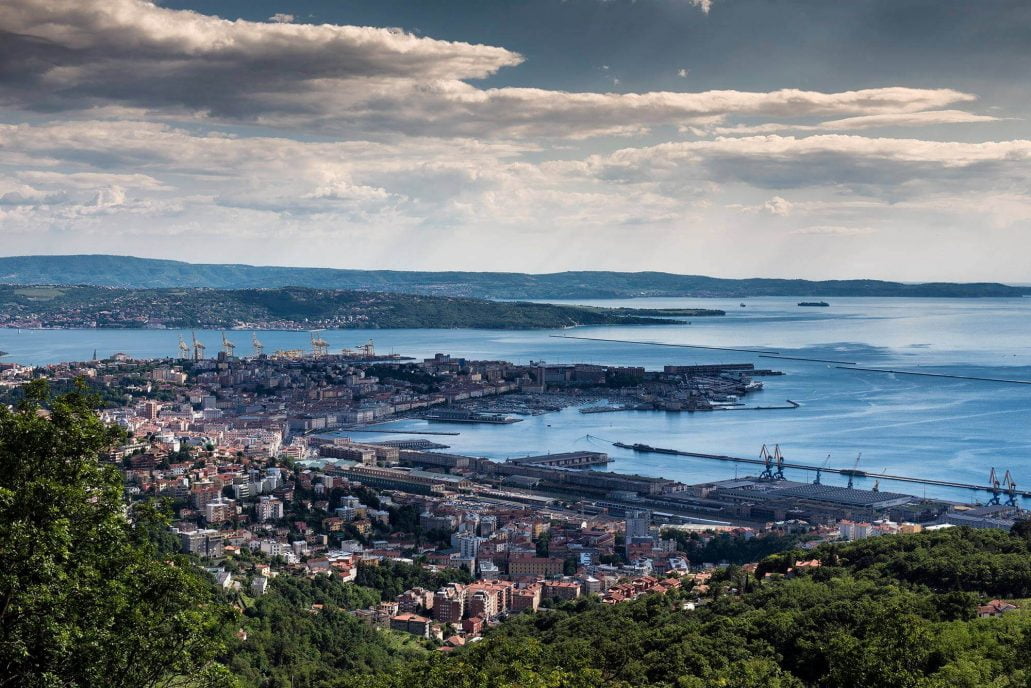Best Places to Live in Italy
Italy is one of the most beautiful places in the world to live. Art, history, culture, and incredible landscapes make our Country one of the most admired in the world. Each year a ranking of the Italian provinces is drawn up on the basis of the quality of life, which takes into account various parameters, including consumption, work, environment, health, safety, and culture.
Regardless of where you choose to move to, you’ll need to make a checklist for moving to Italy.
Among these, in recent years, the province of Bologna appeared, followed by Bolzano and Trento, second and third, respectively, which maintain their tradition of provinces among the most liveable.
Trento

Trento is the best city for business and work, the environment, education, leisure, tourism. Bolzano records a first position about the birth rate and the lowest unemployment rate, especially in the youth sector. We are in a region that, from the point of view of services and infrastructures, boasts not just some excellences, but which can offer another great advantage: that of unspoiled nature a stone’s throw from the city.
Milan

Milan, on the other hand, is the city that opens the ranking on the standard of living: the increase in residents, the increasingly green style of the city, the great cultural offer, the recovery of the suburbs, and the work that generates wealth and attracts inhabitants. Followed by Bologna, Monza and Brianza and Trieste. The only discordant note in Milan is security: Milan is last in the “Justice and security” sector, but also due to the high number of reported crimes, while in other cities there is a tendency to report less.
Brescia

Brescia is a place where you live well, with excellent services but also with some problems of delinquency. However, life goes on pleasantly, there is no shortage of entertainment and leisure activities and the city also has some Unesco Heritage areas.
Venice
Venice also ranks among the 10 most liveable cities in Italy. We live well in Venice, much better than in previous years and the trend shows a constant climb of previous positions. The territory is smart, you move a lot with public transport and the offer of public transport is so good that it ranks second in Italy. In Venice, you can also live well because there is an excellent cultural offer too.
Verona

Verona is among the first places in the separate waste collection, in the offer of public transport and for a good level of safety and social services, with flattering indices in the offer of shows, concerts, exhibitions and excellent performances of tourist attractiveness and sport.
Trieste

In the middle of the ranking of the liveability of Italian cities is Trieste which stands out in the categories “Environment and services”, “Business and work” and “Culture and Free Time”.
Parma

Parma is a quiet city, where you live well even if it is not very small. Traffic is limited, the city is very clean and full of parks and green areas. It is a city on a human scale and with a good level of security.
Aosta

The small city of Aosta is considered among the safest cities in Italy, the richest one, with attention to the environment and services and to culture and leisure. Less brilliant performance in terms of business, work, and the demographic situation. Prices are quite high but you live well, in an area with a high tourist vocation.
North Italy vs South Italy
In general, from this ranking, it emerges that in Northern Italy we live better than in the center and in the South. The first ten provinces belong, once again, to the North- East or North- West: after Trento, there are cities such as Pordenone, Sondrio, Verbano-Cusio-Ossola, Belluno, Aosta, Treviso, Cuneo, Udine and Bolzano.
In Southern Italy and the Islands, the quality of life is poor or insufficient. This means, in terms of population, that 44% of Italians live with an unsatisfactory quality of life. Conversely, the quality of life in the Northeast is good or acceptable, as is the Northwest. In central Italy there is a stable situation: in almost half of the cases, the quality of life is acceptable.
Furthermore, another fact emerges in this survey: in small and medium-sized provinces, people live better than in metropolises. Large urban centers struggle to reach the top and maintain positions of excellence.
As for safety, Pordenone is the safest province in Italy. Verbano-Cusio-Ossola ranks first in the dimension relating to social and personal security.
The throne for the best city in terms of education, training, and human capital is then up to Bologna.
Best Places for Leisure and Tourism
Siena, on the other hand, is in first place for leisure and tourism, as are Rimini, Aosta, and Verbano-Cusio-Ossola, while Grosseto is in the fifth position.
Environment and Services
With regard to the environment and services, among the indicators, we find the percentage of separate waste collection, air quality, the offer of public transport, the consumption of drugs, the number of doctors. In general, the top ten see some confirmations: they are Trento, Trieste, and Bolzano; follows Nuoro; then, after Milan and Florence, we find Cuneo, Cagliari, and Udine. For separate waste collection we find Ferrara, Treviso, Mantua, Pordenone and Parma in the first five places; for air quality, Massa-Carrara wins, followed by Nuoro, Enna, Verbano, Aosta and Campobasso; while Imperia, Catania, Pescara, Bari and Livorno are the best for the climate index,
Culture and Free time
If, on the other hand, culture and free time are taken into consideration, the ranking sees some new entries, compared to the cities that have entered the top ten: in the first place we find Rimini; then Trieste, Milan, Venice, Aosta, followed by Florence, Rome, Livorno, Cagliari, and Bologna. In general, central Italy is quite good, the south is bad, the north is so-so.
Returning to culture, the indicator of the “density of the cultural offer” is interesting, ie the number of shows every 10 sq km: after Milan and Monza, Trieste and Naples follow, beating Rome in fifth place. While in terms of the number of shows and exhibitions (ie number of exhibitions per 1000 inhabitants) Aosta wins, followed by Ancona, Venice, Perugia, and Trieste.
Read Also: Best Cities to Study Abroad in Italy







